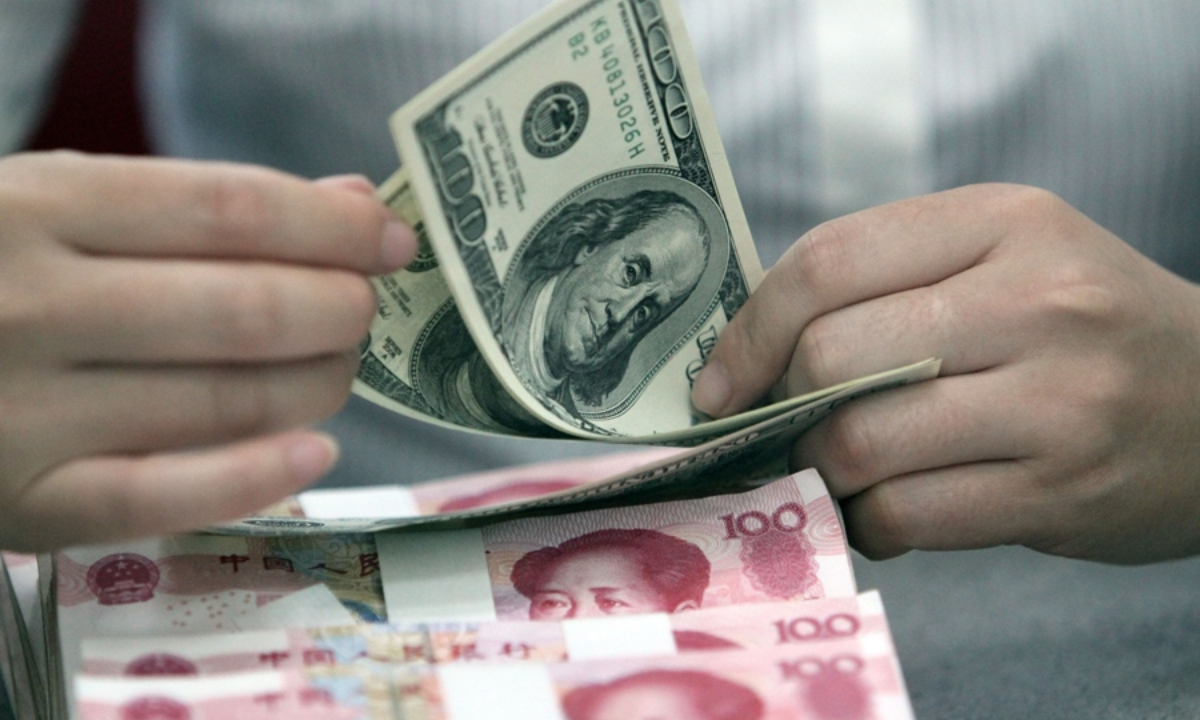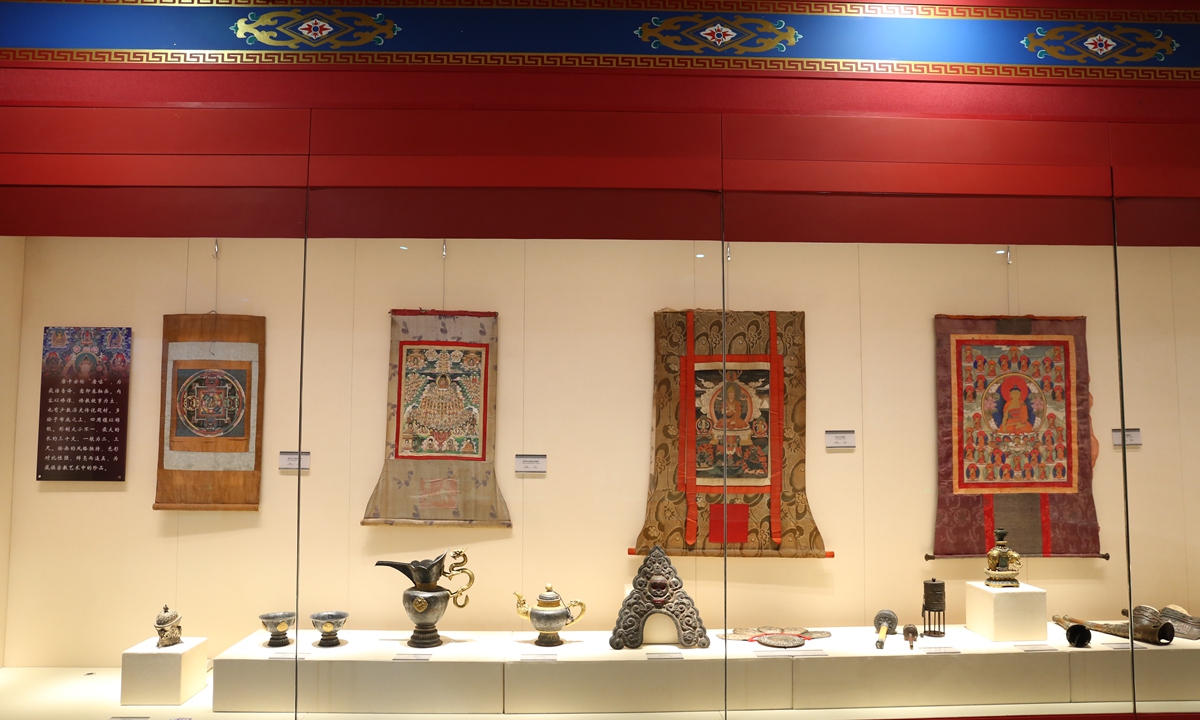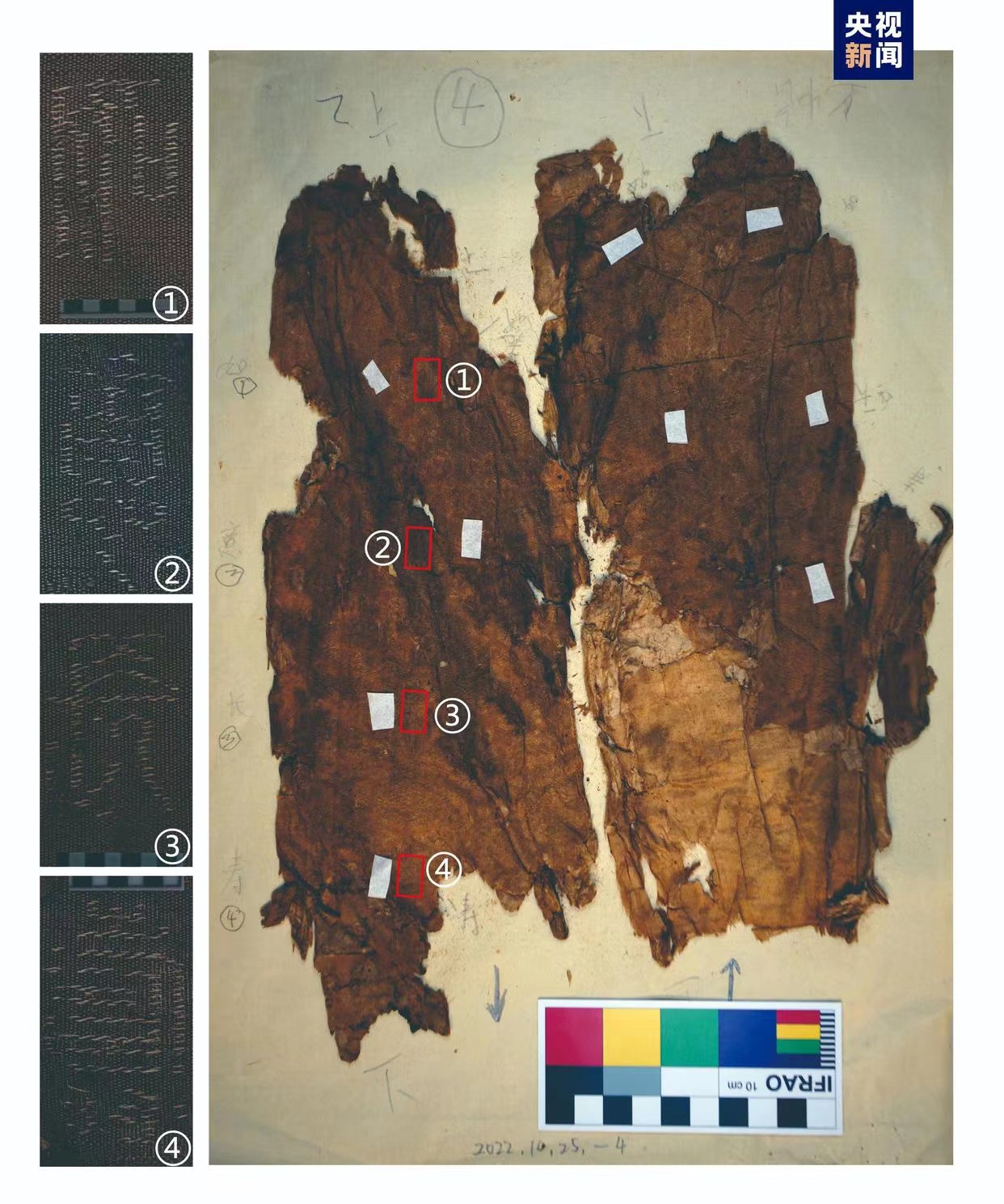
Photo: VCG
Editor's Note:
Themk concept of "Hehe" in Chinese culture, with the first "He" embodying harmony, peace and balance and the second representing convergence, unity and cooperation, is central to both the individual and collective mind-set in China. Rooted in thousands of years of philosophy, the idea of "Hehe" serves as a guiding principle for living in harmony with others, nature and oneself. In a broader context, the concept of "Hehe" has significant relevance to the world today, as addressing the global challenges we face in various areas requires the principles that "Hehe" emphasizes. Viewed through a contemporary lens, "Hehe" is a timeless and universal concept that can guide China and the world toward a more harmonious, peaceful and balanced future. The Global Times gathers opinions from experts and scholars around the world to explore the global significance of "Hehe" culture from various perspectives. This is the second piece of the series.
Recently, I had the honor of visiting Taizhou and Tiantai Mountain, East China's Zhejiang Province. The name "Tiantai," meaning "platform in the sky," immediately captivated me with its poetic resonance. Walking through the picturesque landscapes, where harmony between humanity and nature thrives, and cultural essence seamlessly intertwines with urban life, left a lasting impression on me.
It felt like a journey to the origins of Hehe culture, where the renowned "Two Immortals of Harmony," Hanshan and Shide - two legendary figures of the Tang dynasty (618-907) - found peace in nature, composed poetry, and embodied kindness and tolerance toward ordinary people. Unity in collaboration and harmony in coexistence are not only the essence of Chinese culture but also values we must embrace as we navigate the challenges of our shared world.
What captivates me most about Hehe culture is its intellectual roots in the amalgamation of Confucianism, Taoism and Buddhism. This synthesis, which seeks to highlight shared principles rather than dwell on differences, represents a profound intellectual achievement that has sustained China's unity over centuries.
Different ideologies often risk creating divisions, resulting in fragmentation and discord. Yet in China, these traditions were not forced into uniformity but were instead united under the timeless principle of harmony in diversity - a philosophy as relevant today as it was in the past, fostering unity while preserving a rich tapestry of cultural and ideological diversity.
This same spirit of harmony extends beyond human interactions to encompass the relationship between humans and nature, which is one of the most profound lessons from Hehe culture. This idea emphasizes that humans are not separate from nature but are an integral part of it, offering a stark contrast to the anti-ecological mindset that views humanity as superior to and distinct from the natural world.
This vision of ecological harmony is vividly reflected in China's modern efforts. Slogans like "ecological civilization" and "beautiful China" embody this ancient wisdom in contemporary governance. China has become a global leader in environmental protection, from being the largest tree planter in the world to achieving significant success in wildlife conservation. These accomplishments underscore the enduring Hehe ideal that humanity's prosperity is inseparable from the health of the natural world.
Norwegian philosopher Arne Naess first introduced the concept of "deep ecology" in 1973, calling on humanity to view itself as an integral part of the broader ecological system and to transcend narrow anthropocentrism in pursuit of harmony with nature. Is this not a form of Hehe culture? Living in symbiosis with nature - a philosophy where East and West naturally converge.
The second profound lesson of Hehe culture is the need for a more peaceful world that embraces harmony at every level: more harmony among individuals, more harmony among families, more harmony within societies, and, most critically, more harmony between nations. In a world confronted by multifaceted challenges - from climate change and environmental degradation to conflicts in Ukraine, the Middle East and Sudan - the need for collaboration and mutual compromise has never been more pressing.
Hehe culture is a powerful antidote to conflict and division. I have seen firsthand, in my work as a peace negotiator in Sri Lanka, Myanmar and Nepal, how the refusal to compromise led to prolonged conflicts. When nations or groups perceive themselves as sufficiently powerful to disregard compromise or assume a hegemonic role, manipulating rules to act unilaterally and forsake cooperation, the consequences are often disastrous.
Imagine a family where the father insists on deciding everything - what to have for dinner, what to watch on TV - such a household would inevitably descend into chaos. Solutions to global challenges can only emerge by recognizing and embracing differences through mutual respect, dialogue and a commitment to shared goals. What the world needs is not more paternalistic hegemony or zero-sum thinking, but a rules-based multilateral system. This principle also underpins recent diplomatic breakthroughs, such as the meeting between the leaders of China and India, during which they agreed to prevent specific disagreements from affecting the two countries' overall relationship.
This is Hehe culture in action: promoting dialogue, reducing conflict and paving the way for cooperation in trade, tourism and education between the two largest nations in the world. These efforts are not just bilateral successes but global imperatives, as the future of the world economy and peace heavily depends on the partnership between India and China.
Hehe culture's message of unity is not confined to China. Similar philosophies can be found across the globe. In Southern Africa, the philosophy of Ubuntu emphasizes communalism and the interconnectedness of humanity, encapsulated in the phrase, "I am because we are." In India, the principles of Satya (truth) and Ahimsa (non-violence) stress the importance of peaceful coexistence and resolving differences through understanding and compassion. The Indian Hindu reformer Adi Shankara developed the philosophy of "oneness" in the eighth century, an idea very similar to the Hehe culture. This shared emphasis on harmony and unity demonstrates a universal human aspiration to overcome divisions and work together.
The lesson from Hehe culture is clear: We should focus on commonalities that unite us rather than the differences that divide us. This principle is especially urgent in today's world, where humanity grapples with a multitude of ideologies and belief systems - ranging from Christianity, Islam and Hinduism to Confucianism and modern frameworks like liberalism, socialism and conservatism.
Amid such diversity, Hehe culture emerges as a powerful source of inspiration, demonstrating that harmony can thrive without erasing individuality. It underscores the importance of building modernization on the unique traditions and wisdom of each nation, rather than defaulting to Western-centric models. By embracing this inclusive approach, we can create a global framework rooted in mutual respect, collaboration and shared values, ensuring that progress is equitable and sustainable for all.
As we look to the future, adopting the principles of Hehe culture could provide a much-needed framework for addressing global challenges, from peacebuilding in conflict zones to fostering global cooperation on climate action. I believe that deep down, everyone understands the essence of Hehe culture. Together, we can create a world where win-win solutions replace win-lose mindsets, and harmony in diversity will become our guiding force.
The author is former under-secretary-general of the United Nations and former executive director of the UN Environment Programme. [email protected]
 Hehe culture's message of ecological harmony: living in symbiosis with nature
Hehe culture's message of ecological harmony: living in symbiosis with nature Global investors cheer on Powell’s rate cut signal; offshore yuan strengthens further
Global investors cheer on Powell’s rate cut signal; offshore yuan strengthens further Patented ‘purification kit’ at Chongqing Museum keeps relics free of mold, pests
Patented ‘purification kit’ at Chongqing Museum keeps relics free of mold, pests Complete inventory of Mawangdui Tombs artifacts finalized, totals 26,937 items
Complete inventory of Mawangdui Tombs artifacts finalized, totals 26,937 items